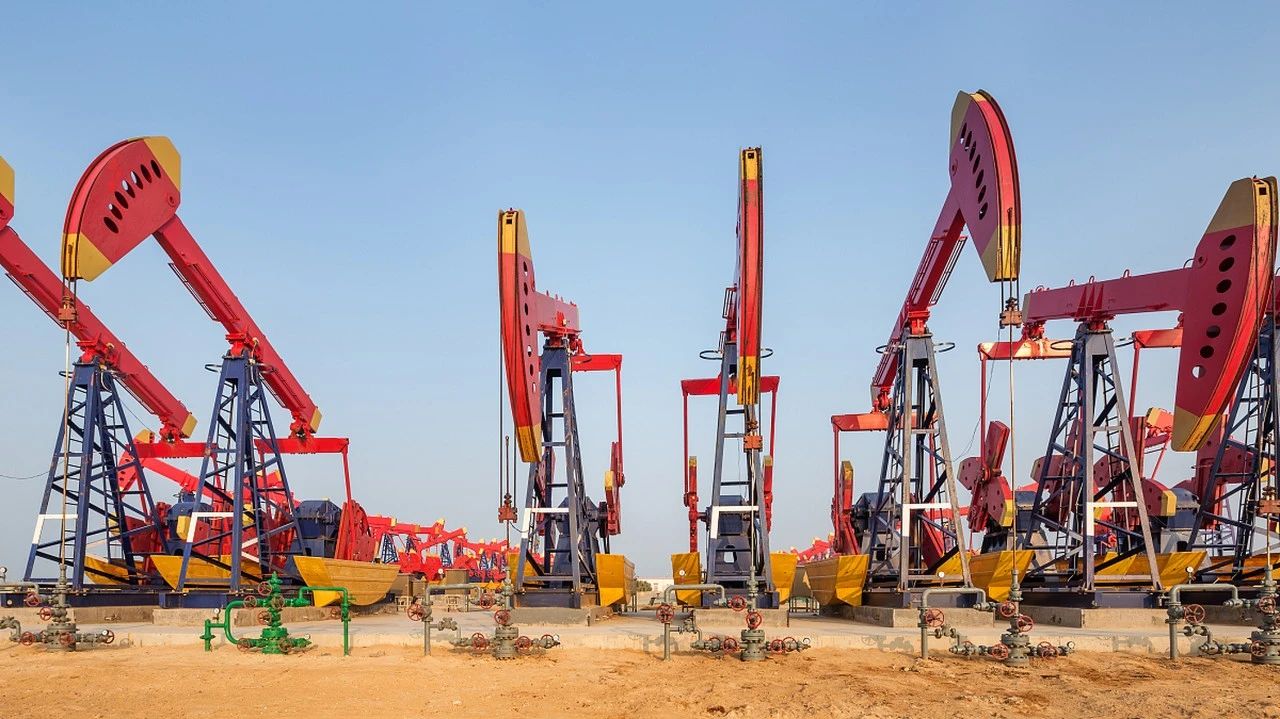
Tall Oil Imidazoline: A High-Performance Corrosion Inhibitor for Oilfield Applications
Introduction
Corrosion poses one of the most significant challenges in the oil and gas industry, costing billions annually in equipment repairs, pipeline replacements, and production downtime. The harsh environments encountered in oilfields—including high salinity, acidic gases (CO₂ and H₂S), and elevated temperatures—accelerate metal degradation. To combat this, specialized chemicals known as corrosion inhibitors are employed, with Tall Oil Imidazoline (TOI) emerging as one of the most effective solutions.
This article provides an in-depth analysis of TOI as an oilfield corrosion inhibitor, covering:
The fundamentals of oilfield corrosion inhibitors
The chemistry and properties of TOI
Key applications in oilfield operations
Market pricing and cost considerations
With supporting data, chemical structures, and case studies, this guide serves as a comprehensive resource for engineers, procurement specialists, and researchers in the petroleum sector.
1. What Are Oilfield Corrosion Inhibitors?
1.1 The Corrosion Challenge in Oil and Gas Operations
Corrosion in oilfields occurs due to multiple factors:
Sweet Corrosion (CO₂) – Carbon dioxide dissolves in water to form carbonic acid, attacking carbon steel.
Sour Corrosion (H₂S) – Hydrogen sulfide leads to sulfide stress cracking (SSC) and pitting.
Oxygen Corrosion – Common in water injection systems, accelerating rust formation.
Microbiologically Influenced Corrosion (MIC) – Sulfate-reducing bacteria (SRB) produce corrosive byproducts.
Chloride-Induced Corrosion – High-salinity brines promote localized pitting.
Without proper inhibition, corrosion can result in:
✔ Pipeline leaks (environmental hazards, regulatory fines).
✔ Equipment failure (costly replacements, unplanned shutdowns).
✔ Reduced production efficiency (scale buildup, flow restrictions).
1.2 How Corrosion Inhibitors Work
Corrosion inhibitors function by forming a protective film on metal surfaces, acting as a barrier against corrosive agents. The mechanisms include:
Adsorption Inhibitors (e.g., imidazolines, amines) – Chemically bond to metal surfaces.
Precipitate Inhibitors (e.g., zinc salts) – Form insoluble protective layers.
Oxygen Scavengers (e.g., sulfite-based chemicals) – Remove dissolved oxygen.
Key Requirements for Oilfield Inhibitors:
1.3 Common Types of Oilfield Corrosion Inhibitors
(Figure: Corrosion inhibition mechanisms – adsorption vs. precipitation)
[Insert diagram showing how TOI forms a protective film on steel surfaces.]
2. What Is Tall Oil Imidazoline (TOI)?
2.1 Chemical Composition and Synthesis
TOI is synthesized from Tall Oil Fatty Acids (TOFA), a byproduct of the paper pulping industry. The reaction involves:
Esterification – TOFA reacts with diethylenetriamine (DETA) or similar polyamines.
Cyclization – Forms the imidazoline ring structure.
2.2 Key Properties Making TOI Ideal for Oilfields
2.3 Performance Comparison with Other Inhibitors
(Graph: Corrosion Rate Reduction in CO₂-Saturated Brine at 80°C)
TOI outperforms many alternatives due to its superior film-forming ability.
3. Applications of TOI in Oilfield Corrosion Control
3.1 Downhole Tubing and Casing Protection
Continuous Injection – TOI is injected downhole via capillary strings to protect production tubing.
Batch Treatment – Used in shut-in wells to coat metal surfaces before restarting production.
Case Study: TOI in a High-CO₂ Gas Well
A Middle Eastern gas field with 15% CO₂ content experienced severe tubing corrosion. After switching to a TOI-based inhibitor, corrosion rates dropped by 85%, extending equipment lifespan.
3.2 Pipeline Corrosion Inhibition
Crude Oil Pipelines – TOI is added at pumping stations to prevent internal rusting.
Wet Gas Pipelines – Effective in multiphase flow conditions where water condensation occurs.
3.3 Water Injection Systems
Seawater Injection Wells – TOI prevents chloride-induced pitting in offshore operations.
Produced Water Re-Injection – Helps mitigate oxygen and microbial corrosion.
3.4 Storage Tank and Vessel Protection
Crude Oil Storage – Applied as a filming amine to prevent tank bottom corrosion.
Process Vessels – Used in separators and heaters to minimize metal loss.
(Table: Recommended TOI Dosages for Different Applications)
4. Price and Market Availability of TOI
TOI is competitively priced compared to other high-performance inhibitors.
4.1 Factors Affecting TOI Pricing
Raw Material Costs (Tall Oil Fatty Acid market fluctuations).
Purity Level (Industrial grade vs. high-purity formulations).
Geographical Supplier (China, USA, and Europe dominate production).
4.2 2024 Price Range
Procurement Tip: Bulk purchases (1+ metric tons) can reduce costs by 10-15%.
Conclusion
Tall Oil Imidazoline (TOI) stands out as a highly efficient, cost-effective corrosion inhibitor tailored for oilfield environments. Its strong adsorption properties, thermal stability, and environmental advantages make it a preferred choice for protecting pipelines, downhole equipment, and storage tanks.
For optimal performance, TOI is often blended with synergists (e.g., thioglycolic acid for H₂S scavenging) to enhance its effectiveness in harsh conditions. As the oil and gas industry continues to prioritize cost-efficient and sustainable solutions, TOI remains a critical component in corrosion management strategies.
Corrosion Inhibitors Supplier
UNPChemicals is a professional oilfield chemical manufacturer, with products covering drilling, completion, oil production, gathering and transportation, etc., and has won the trust of customers with advanced technology, strict quality control and high-quality services. We are committed to personalized solutions to help oilfields develop efficiently.
Product List of Tall Oil Imidazoline
General Information | Typical Applications | |||
Product | Description | Pour point (℃) | Inhibition Type | Purpose |
Tololeate imidazoline | <-15 | CO2,H2S | Suitable for oil/water | |
CIMET TOI-7 | Tololeate imidazoline(7EO) | <0 | CO2,H2S | -- |
CIMET TOI-9 | Tololeate imidazoline(9EO) | <0 | CO2,H2S | -- |
CIMET TOI-A | Oleic acid imidazoline polyacrylate | <-10 | CO2,H2S | -- |
CIMET TOH | Tall Oil Hydroxyethyl Imidazolinium | <-10 | CO2,H2S | -- |
CIMET TO | Tall Oil Acid Imidazolinium (Mixed) | <0 | CO2,H2S | Suitable for oil/water |